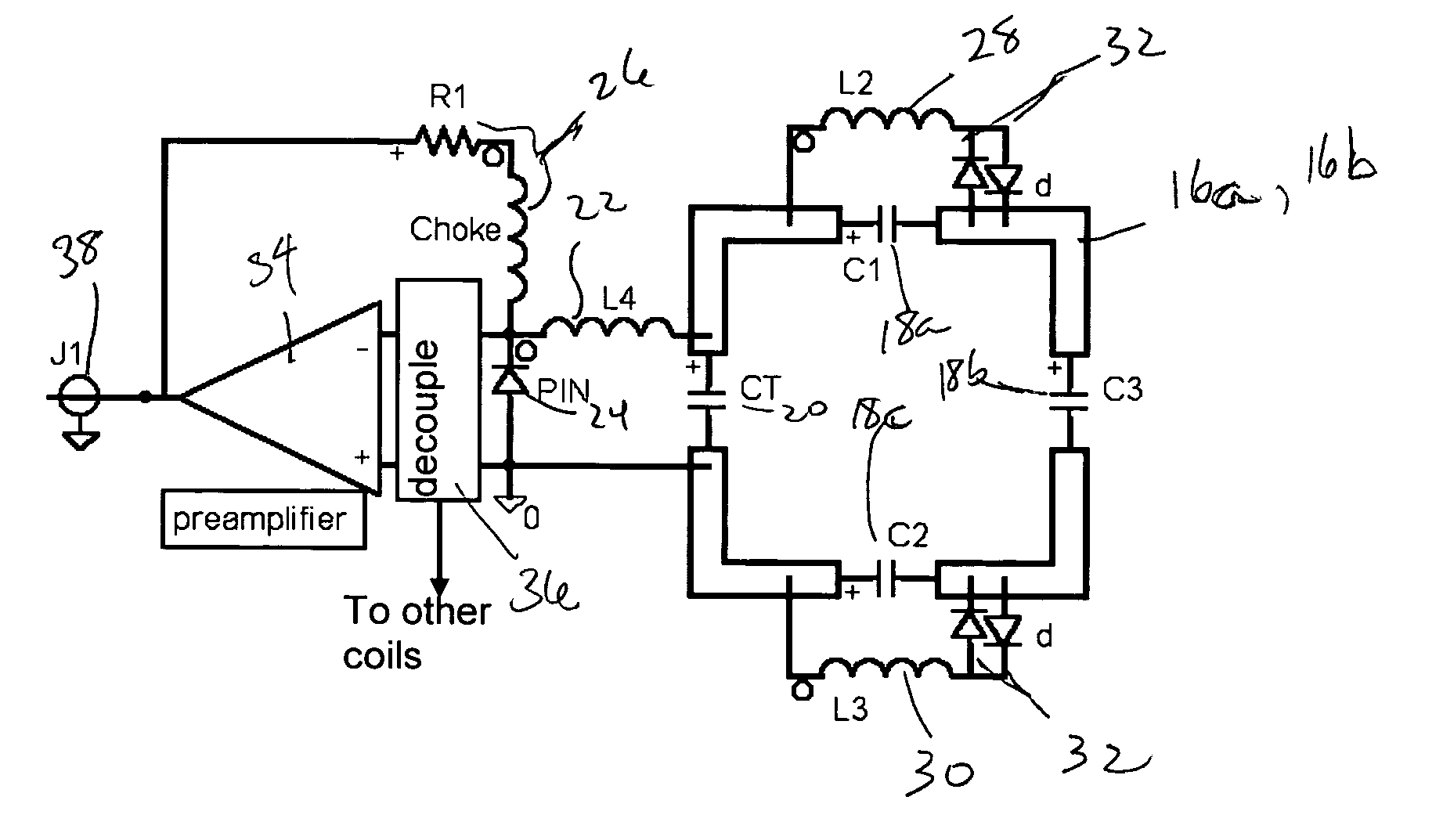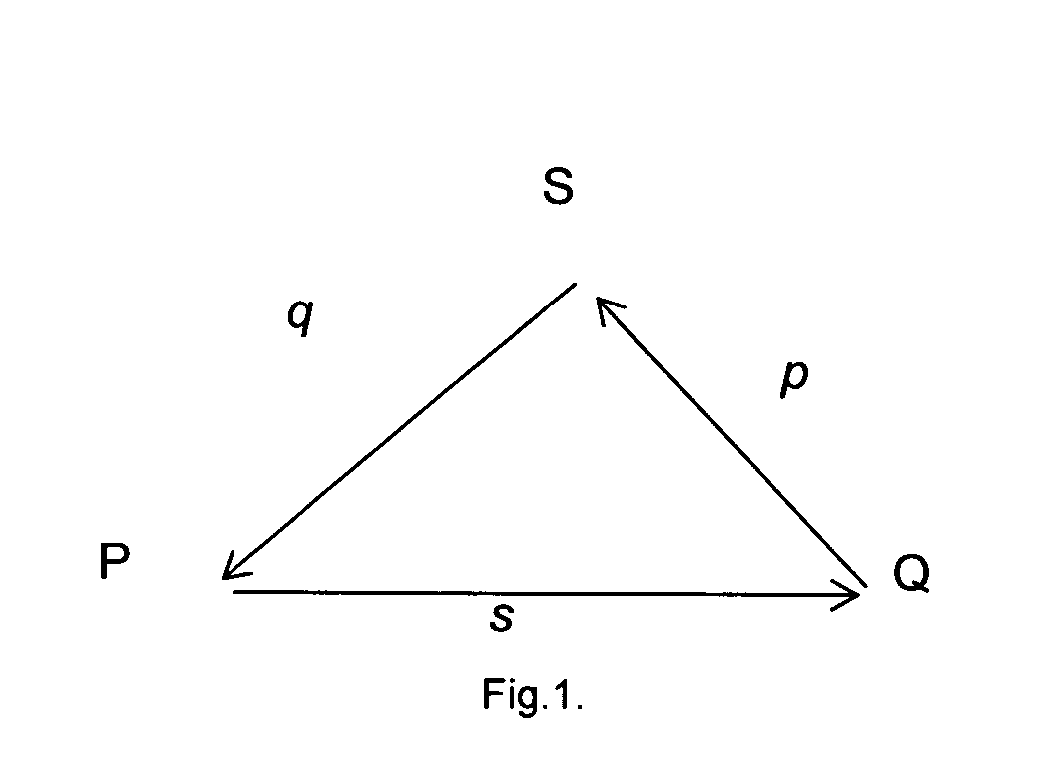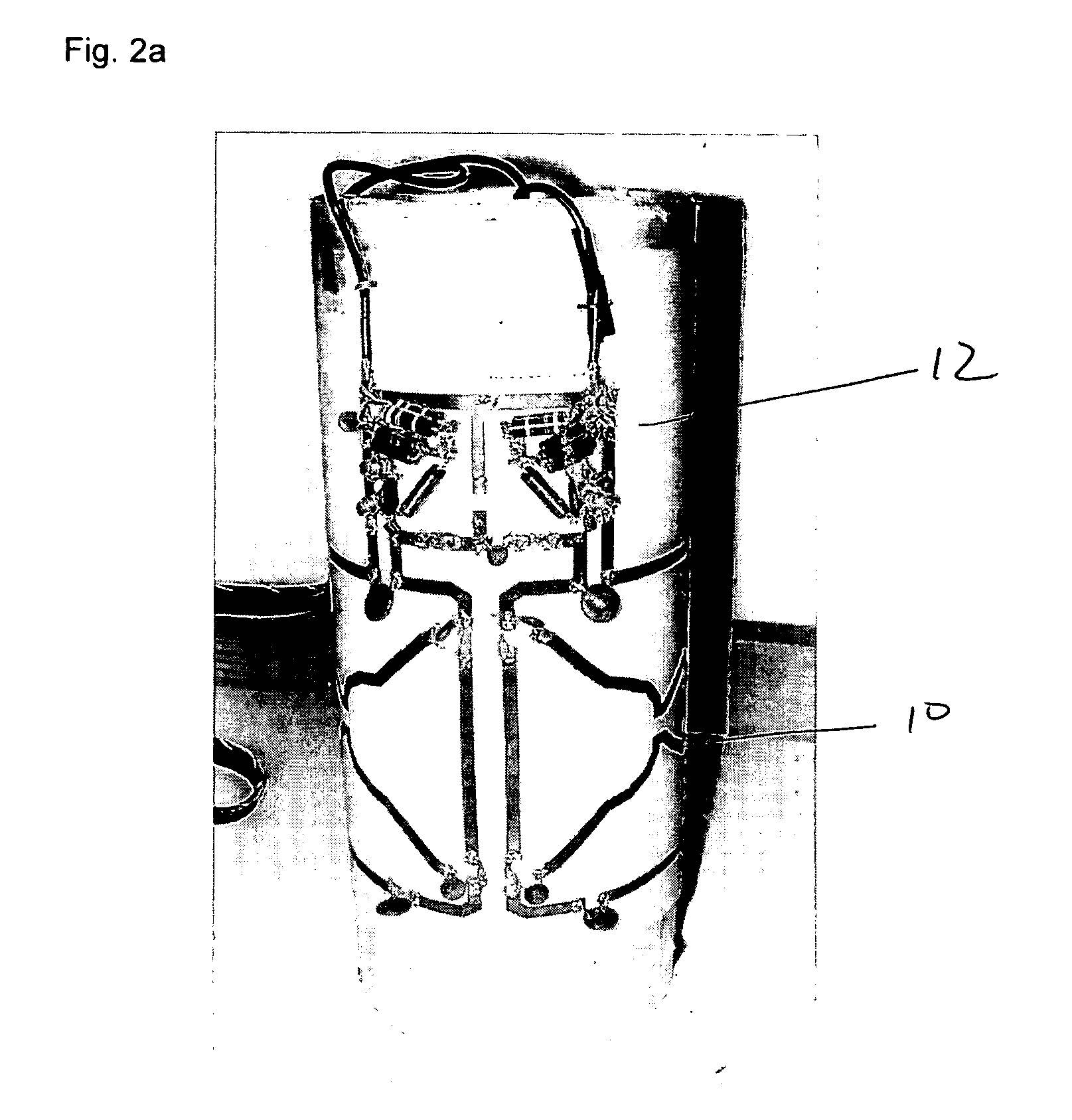Sense optimized MRI RF coil designed with a target field method
a target field and sensing coil technology, applied in the field of sensing optimized mri rf sense coils, can solve the problems of limited scope, unfavorable optimum, and uneven spatial distribution of signal to noise ratios in images,
- Summary
- Abstract
- Description
- Claims
- Application Information
AI Technical Summary
Benefits of technology
Problems solved by technology
Method used
Image
Examples
Embodiment Construction
[0036]In the illustrated embodiment, a method for designing MRI RF coil arrays 10 is disclosed that maximizes the SNRsense within a target volume using a target field approach. This method is based on solving the inverse problem of finding a surface current density distribution on a defined coil former 12 using a least squares approach that minimizes 1 / SNRsense. If gρ is minimized within the volume of interest by the appropriate coil design, SENSE imaging artifacts will be reduced and SNR will be maximized within that volume.
[0037]A coil array 10 is comprised of wires placed on a predefined surface 12 in three dimensional space, which can be approximated by a surface current density Js: It must be understood that the invention expressly contemplates that the predefined surface 12 can be any simple, complex, analytic or nonanalytic shape, but a cylindrical surface 12 was chosen for the illustrated embodiment of FIG. 2a for ease of example. The surface on which Js flows can be approxi...
PUM
| Property | Measurement | Unit |
|---|---|---|
| diameter | aaaaa | aaaaa |
| diameter | aaaaa | aaaaa |
| diameter | aaaaa | aaaaa |
Abstract
Description
Claims
Application Information
 Login to View More
Login to View More - R&D
- Intellectual Property
- Life Sciences
- Materials
- Tech Scout
- Unparalleled Data Quality
- Higher Quality Content
- 60% Fewer Hallucinations
Browse by: Latest US Patents, China's latest patents, Technical Efficacy Thesaurus, Application Domain, Technology Topic, Popular Technical Reports.
© 2025 PatSnap. All rights reserved.Legal|Privacy policy|Modern Slavery Act Transparency Statement|Sitemap|About US| Contact US: help@patsnap.com



